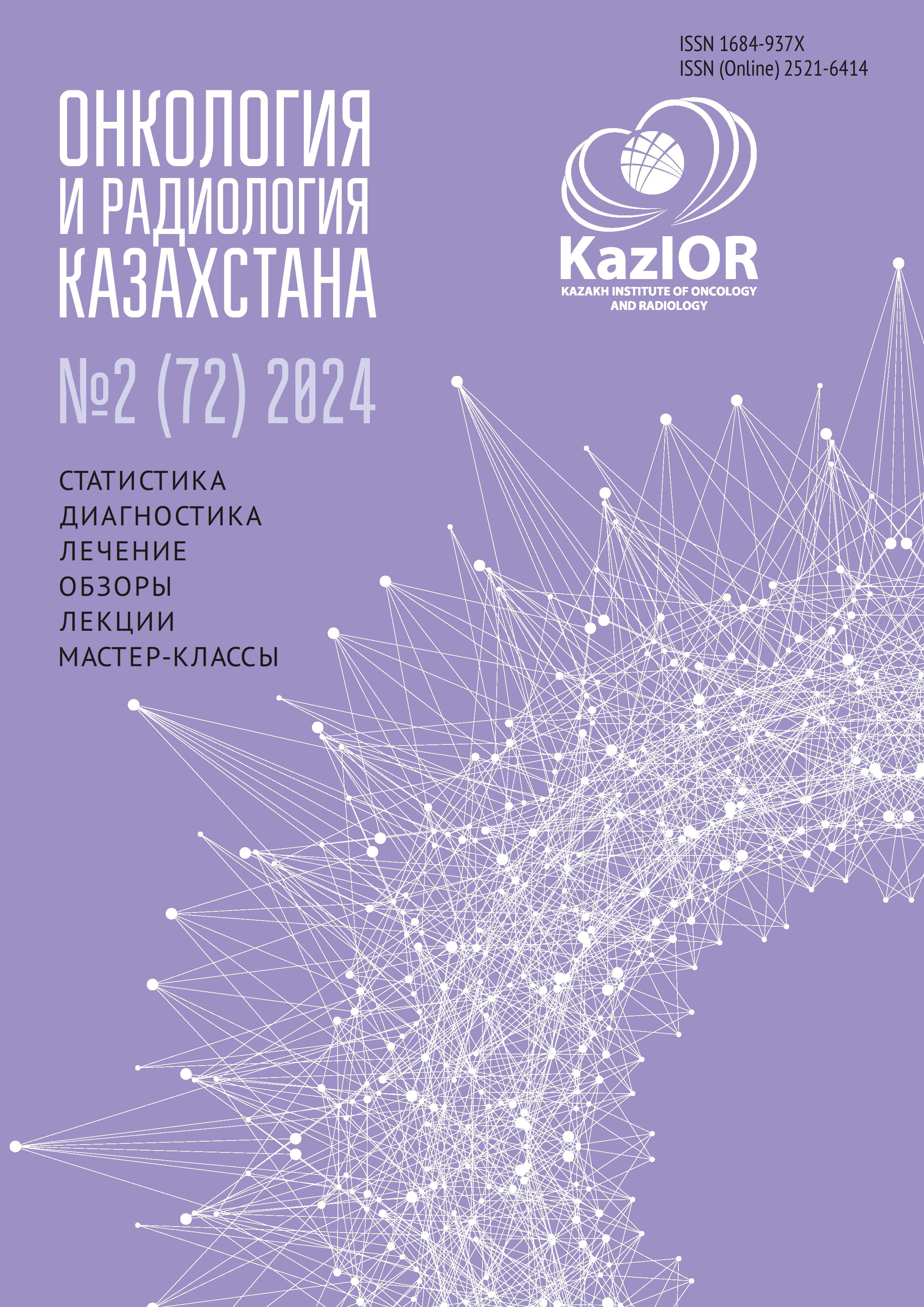New possibilities of modern radiology diagnosis of hepatocellular carcinoma: A literature review
Keywords:
computed tomography (CT), hepatocellular carcinoma (HCC), magnetic resonance imaging (MRI), radiomics, ultrasound (US)Abstract
Relevance: Hepatocellular carcinoma (HCC) is the most common primary malignant liver tumor (80-90%), ranks 6th among malignant neoplasms and is the 3rd leading cause of cancer mortality worldwide. Despite advances in locoregional therapy, targeted therapy, and immunotherapy, the median survival for advanced HCC does not exceed 2 years, and the 5-year survival rate is 18%. Diagnosis of the tumor at an early stage allows for resection and liver transplantation, which can increase the 5-year survival rate by 1.5-2 times. The options for biopsy are limited by sensitivity and potential complications for the patient. In most cases, HCC can be detected by non-invasive radiology.
The study aimed to evaluate the effectiveness of modern methods of radiological diagnosis of HCC.
Methods: This literature review included published articles and studies on the capacity of modern methods of radiological diagnosis of hepatocellular carcinoma. Data were found in PubMed, BMC Medicine, and Google Scientific using the keywords ‘hepatocellular carcinoma,’ ‘ultrasound examination,’ ‘computed tomography,’ ‘magnetic resonance imaging,’ and ‘radiomics.’ A total of 123 publications were found; 49 sources were included in this review.
Results: The review article addresses current issues of HCC epidemiology, genetics, etiology, and radiology diagnosis. Updated data on the efficacy of CEUS and MFI, LDCT and DECT, and a-MRI are presented. The prospects of MRI-radiomics, which solves the problem of subjectivity in radiology and offers new possibilities in the non-invasive diagnosis of HCC, are described. The study of the possibilities of radiology methods in the diagnosis of HCC continues.
Conclusion: CEUS is highly effective for imaging tumor vascularization. LDCT is superior to ultrasound in sensitivity and specificity. A shortened MRI protocol delivers better results than an ultrasound as a screening tool for high-risk groups. MRI-radiomics can determine the tumor histological classification and radiogenomics, predict recurrence after surgical resection, and evaluate measurement methodology and response to transarterial chemoembolization and systemic therapy.

